Frequent failure of lighting lamps of different types should not go unnoticed. There are several reasons why the light bulb burned out, therefore, to identify and eliminate the problem, you will need to carry out a set of measures.
- Causes of constant burnout of light bulbs
- Why does an incandescent lamp burn out?
- Burnt out halogen lamp
- LED light bulb burned out
- What determines the operational life of lighting fixtures
- Mains voltage level
- Frequent switching on
- Poor quality cartridges
- Broken switch
- Bad contacts
- Vibration, thermal and mechanical influences
- How to prevent frequent burnout of light bulbs
Causes of constant burnout of light bulbs

If different types of lamps fail, you need to identify and eliminate the cause. If you do not have the skills and the appropriate tools, it is best to contact a qualified electrician.
Why does an incandescent lamp burn out?
Every year incandescent lamps are in less demand due to low competitiveness. In comparison with analogs, the only advantage of incandescent lamps is their low cost, but most often difficulties arise precisely when using them.
Why incandescent lamps often burn out:
- purchase of a lamp made from materials of dubious quality;
- power surges;
- wrong wiring diagram.
The longevity of the incandescent lamp is also affected by the presence of a backlight at the switch.
Burnt out halogen lamp
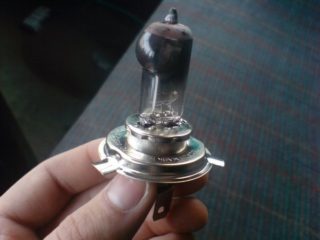
Spot lighting with halogen lamps is often used in modern apartments. They have many advantages, the main one being long service life. Among the reasons for frequent burnout are:
- Halogen lights are very moody if not properly installed. They fail quickly when using the wrong wiring diagram.
- Poor connection of spotlights to the supply wires.
Special attention should be paid to low-quality lighting devices, for example, Chinese budget chandeliers, sconces, etc. The most common breakdown - as a result of operation, the cartridges overheat and lose their elasticity, which leads to constant combustion of the lamps.
LED light bulb burned out
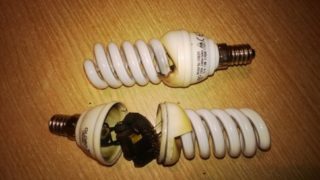
LED bulbs are in high demand. With slight voltage fluctuations, the service life of lighting fixtures can reach several years. They can often burn out for the following reasons:
- Burnout of one LED in the serial chain. Due to an interruption in the electrical circuit, the lamp goes out.
- When the LEDs are connected in parallel and in series, one chain is burned out. In this case, the lighting device does not completely extinguish, but only shines weaker.
- Stroboscopic effect: continuous flickering due to an incompletely burnt diode.
There are not so many reasons for the frequent burnout of LED lamps; you can identify them yourself.
What determines the operational life of lighting fixtures
Lamps can burn out quickly due to the poor quality of the materials used and the harmful effects of external factors. Unless the reasons are related to inadequate product quality, the service life depends on the characteristics of the wiring and its components, as well as the mode of operation.
Mains voltage level
The nominal voltage of incandescent lamps is 240 V. To prevent rapid combustion, it is necessary to additionally install stabilizers that will help protect lighting fixtures and expensive household appliances.
Each switch can be equipped with a special protective block that prevents sudden voltage fluctuations that occur during switching on and during operation.
Frequent switching on
A switched off lighting fixture has a cooled filament. When the lamp is turned on, the resistance is lower when compared to a red-hot thread. Too often turning on and off the light in the room shortens the life of all types of lamps due to the violation of the integrity and damage to the filament under the influence of the inrush current.
Poor quality cartridges

The problem that you can solve yourself is the weakening of the contacts in the cartridge. When replacing an old lamp with a new one, you need to carefully inspect the base and the inside of the cartridge. Do not ignore the appearance of carbon deposits and areas with specific darkening.
When using a screw-type cartridge, you need to turn off the power supply to the house and make sure that there is no voltage. After that, with a special flat screwdriver with a rubberized handle, the central contact-petal is carefully bent. This simple manipulation will improve contact with the lamp and minimize the likelihood of repeated burns.
Cartridges are made of plastic or ceramic. The second option is more preferable.
Broken switch
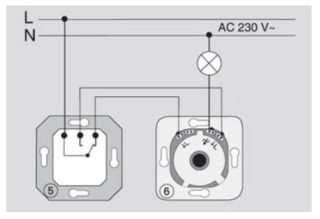
During operation, one- and two-button switches wear out, regardless of design features. Contacts that are prone to burning with frequent use of the keys are most susceptible to wear.
If the contacts in the switch are burnt, it is possible that the lamps will quickly burn out or flicker. Dismantling and repairing the old switch, possibly replacing it with a new one, will help to solve the problem. You can also install a dimmer - a device that eliminates the possibility of power surges when turned on. With it, you can adjust the brightness of the lighting.
Local repair of the device also includes a complete inspection of the wires for short circuits, oxidation of contacts and leakage. Melted or blackened areas on the wiring can help identify the problem.
Bad contacts
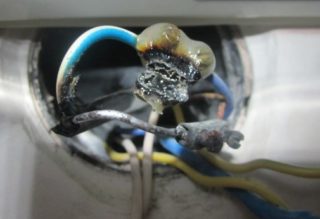
The cause of the light bulb burnout may be a wiring malfunction. First, the connection on the switchboard is checked, and the correct tightening of the screw connection is carried out (if necessary).
If every time the lamp burns out, it knocks out the machine or plugs, you need to check for compliance with the power of the wiring and household devices. If insufficient power indicators and a significant wiring malfunction are detected, the electrical device must be replaced.
Next, it is important to inspect the connections of the wires located inside the junction boxes. Melted or darkened areas require stripping and tightening any loose connections. If there is an insulating twist of questionable quality on the wiring section, it must be replaced or installed with a special connector.
Vibration, thermal and mechanical influences
In the process of using electrical appliances, strong vibrations and shocks can occur, which significantly reduce the life of the lighting fixtures.
In order to extend the operating period, it is important to minimize mechanical influences, including shocks and shaking of the instrument.
LED lighting fixtures are not afraid of mechanical and thermal influences, are resistant to voltage drops and have a long service life.
The operation of lighting fixtures in low temperatures provokes strong thermal drops in the filament, which also negatively affects the work.
How to prevent frequent burnout of light bulbs
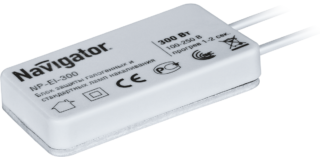
There are several preventive measures that will allow you to extend the life of the lamps at home.
- Use diodes to protect lamps. As practice shows, diodes practically do not affect the quality of lighting, and the service life is significantly extended.
- Regular prophylaxis of the cartridge. It is recommended to periodically inspect and protect the contacts, tighten the connections if necessary.
- Reduce the effects of vibration and shock as much as possible, especially for incandescent lamps.
Electricians with many years of experience recommend installing bulbs of the same power in chandeliers, this ensures an even distribution of the load.

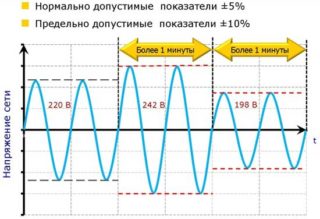








The gas inside the lamp contains oxygen. And there must be Argon or Krypton. This is done on purpose so that it burns out faster and you buy a new one! BOURGEOIS CANNOT BE WITHOUT THIS!